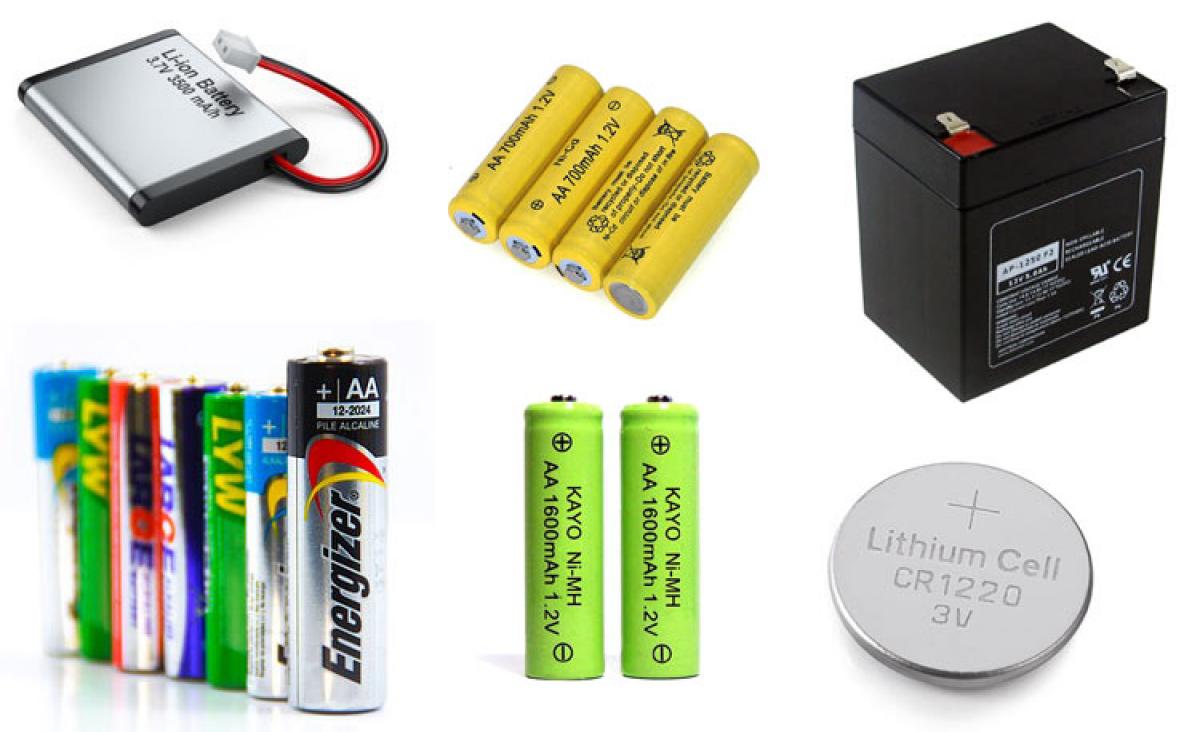Cells & Batteries Testing
 A battery is the source of electric power consisting of one or more electro-chemical cells with output terminals for powering electrical devices. When a battery is connected to an external electric load, a chemical reaction converts high-energy reactants to lower-energy products, and the free-energy difference is delivered to the external circuit as electrical energy. Traditionally, the term battery specifically referred to a device composed of multiple cells; however, the usage has evolved to include devices composed of a single cell.
A battery is the source of electric power consisting of one or more electro-chemical cells with output terminals for powering electrical devices. When a battery is connected to an external electric load, a chemical reaction converts high-energy reactants to lower-energy products, and the free-energy difference is delivered to the external circuit as electrical energy. Traditionally, the term battery specifically referred to a device composed of multiple cells; however, the usage has evolved to include devices composed of a single cell.
Primary (non-rechargeable) batteries are used once until its end-life and discarded, as the electrode materials are irreversibly changed during discharge used for flashlights and a multitude of portable electronic devices. Secondary (rechargeable) batteries can be discharged and recharged multiple times using an AC to DC adopted or Charger. The original composition of the electrodes can be restored by reverse current. Examples include the lead–acid batteries used in vehicles and lithium-ion batteries used for portable electronics such as laptops and mobile phones.
BatteriesBatteries come in many shapes and sizes, from miniature cells used to power hearing aids and wristwatches to, at the largest extreme, huge battery banks the size of rooms that provide standby or emergency power for telephone exchanges and computer data centers. Batteries have now being a potential source of Renewable where BESS(Battery Energy Storage Systens) are integral part of Renewal energy where the energy produced by Array of Solar Panels is stores in BESS. Batteries have much lower specific energy (energy per unit mass) than common fuels such as gasoline. In automobiles, this is somewhat offset by the higher efficiency of electric motors in converting electrical energy to mechanical work, compared to combustion engines
.
| Standard | Specification |
|---|---|
| IS 16046-1 | Portable Sealed Secondary Cells and Batteries ( Nickel System) |
| IS 16046-2 | Portable Sealed Secondary Cells and Batteries (Lithium System) |
| IS 16046/ IEC 62133 | Secondary Cells and Batteries containing alkaline or Other non-acid Electrolyte |
| IEC 62133-2 | Cells and batteries : Lithium Systems |
| IS 16047 (Part 3) : 2018 IEC 61960-3 : 2017 | CELL AND BATTERY |
| IS 16046 (Part 2) | Cells and batteries : Lithium Systems |
| IS 16046-1 | Cells and batteries : Nickel System |
| IEC 62281 | Safety of primary and secondary lithium cells and batteries during transport |
Our Services
- EMI/EMC Testing
- RF Testing
- Consumer Durable & White Goods Testing
- Telecom & Wireless Testing
- LED & Luminaries Testing
- Home Electrical Appliances Testing
- IT & Electronic Products Testing
- Electrical Wire & Cable Testing
- Cells & Batteries Testing
- UAV/Drones Testing
- Footwear Testing
- Toy Testing
- Road & Highways Material Testing
- Building Material Testing
- Metal, Alloy Products & Components Testing
- Non-Destructive Testing
- Micro Biological Analysis
- Textile, Geo-Textiles, Yarns Testing
- Food & Agro Products Testing
- Water of Various Categories
- Soli Testing & Geotechnical Investigation
- Environmental & Pollution Testing
- Chemical & Reagents Testing
- Fertilizer & Neutralizer Testing

